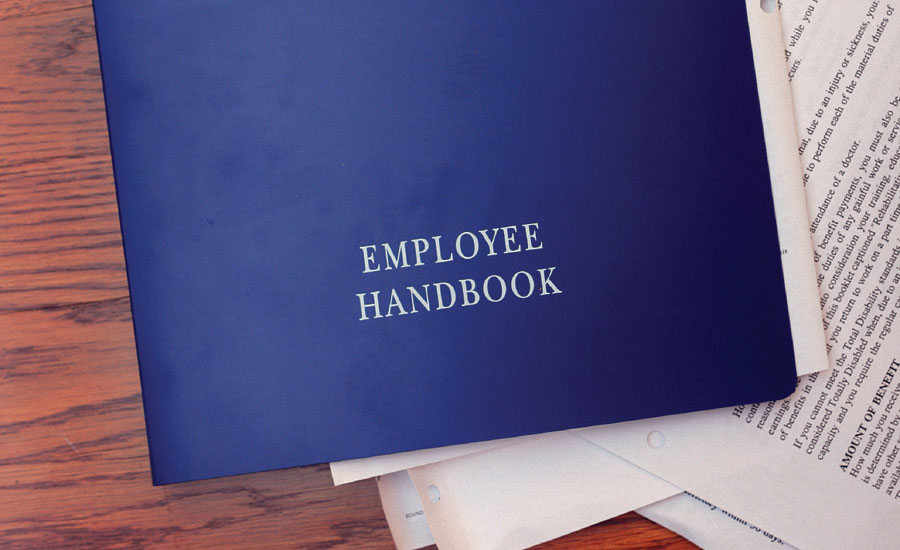I am all about giving employees a voice in your company. It’s one of the biggest WIIFMs (“What’s In It For Me”) you can create for them to work at your company, stay a long time and buy in to its culture, heart and soul.
The people who work for you need to be heard.
But they need to be heard at the right time and in the right way.
Like a loving parent who both involves and engages the whole family for a healthy family relationship, there are times parents must make unpopular and tough decisions to benefit the whole family in the long run.
I know this can seem like it flies in the face of being friends with your kids (at least on the surface), but read on.
The same discipline applies to being a loving and guiding owner. Although you must seek employee input and buy-in, you also must be willing to make unpopular and tough decisions that benefit the customer, the company and the staff because it’s the healthy thing to do for all concerned.
You want to be aware of what your employees’ concerns and motivations are but you must always balance that with what you know to be the path the company must follow. This can put you in conflict with what they express or desire. The truth is your ability to lead will be tested every day. Ideally, you want to become the type of person who people willingly want to follow.
The best time and place to ask for your staff’s input is when you’re creating policies and procedures to run your company.
You will need to choose one of these two approaches:
1.Take a swing at them yourself (and with other senior management if they exist at your company), then come back to the staff with something along the lines of:
“Here are the policies and procedures as I’ve roughed them out. They’re not set in stone. I want and need your input. Just know that some policies and procedures are non-negotiable. As we go through them together, I will make it clear as to which are up for discussion. What I seek is your input on these policies and procedures so we have something that will work for our customers, company and then ourselves. That is ultimately best for everyone.”
2.Bring the staff in early in the creation process by saying:
“We need to create objective policies and procedures. I could do it on my own but I know you do the work each day so it’s smart for both of us to work together. We will rough them out. Be aware as we go that some policies and procedures will be non-negotiable. I will make it clear as to which are up for discussion. What I seek is your help right from the beginning on creating these policies and procedures so we have something that will work for our customers, company and then ourselves. That is ultimately best for everyone.”
A chance to be heard
Which of the two approaches should you go with? It depends.
It depends on your managerial style. In the end, it really matters that employees get to put their “fingerprints” on the policies and procedures created. Otherwise, there’s little to no hope of getting real buy-in, which is what you’re after.
When your staff asks a question or seeks a change to a policy or procedure and it’s up for negotiation, I recommend you take their input whenever you can. Otherwise, they quickly confirm in their minds that you’ll ask for their opinion but you don’t really want it.
They are entitled to be heard. And to prove they’ve been heard, they must hear something like this from you:
“That’s a good point. It deserves some consideration. I will reflect on it and be back to you with an answer one way or the other by next week.”
Don’t feel the pressure to offer up an answer immediately. To prove you’ve listened, write down what they say. Just as telling a doctor what hurts and he doesn’t make notes gives you little assurance you’re being heard, you need to show your staff that you have heard their concerns or ideas. Make sure you get them a definitive answer in the time frame you promised. This is how you build and maintain trust.
When you do get back to them with a decision, you’re obligated to say one of these three things:
• “Yes, we can change this policy (or procedure) the way you suggested;”
• “No, we can’t change our policy (or procedure) and here’s why (explain your reason);" or
• “For today, I want to go with what we have here and moving forward I promise to revisit this issue.”
Ultimately, it’s you who has to make the right decisions in a decisive manner — that’s why it’s a limited democracy. The better you share your reasoning, the more likely your employees are to follow, especially if they feel they’ve been heard. Even if they don’t like your answer.
This article was originally titled “A limited democracy” in the October 2015 print edition of Plumbing & Mechanical.






